This week’s Throw Back Thursday Fly post are two flies from the Astorga Manuscript.

These two flies were tied by a friend who loaned the book to me.
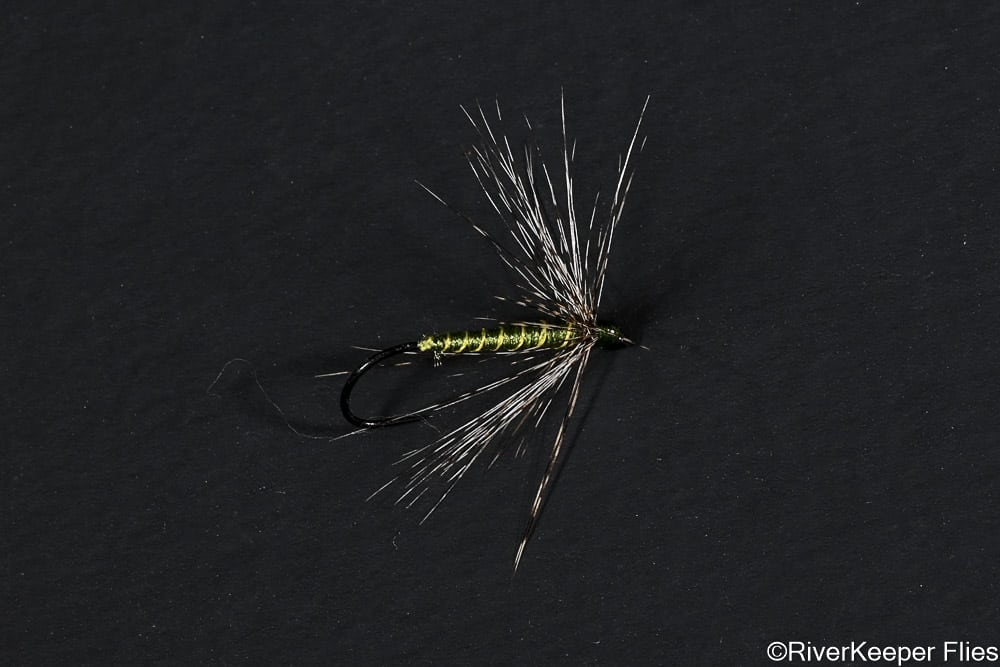
The El Manuscrito de Astorga by Juan de Bergara, a cleric from the city of Astorga, recorded some of the Leónese fishing system in a manuscript written in 1624. That’s 29 years before Izaak Walton published The Compleat Angler in 1653. Think about that for a moment!
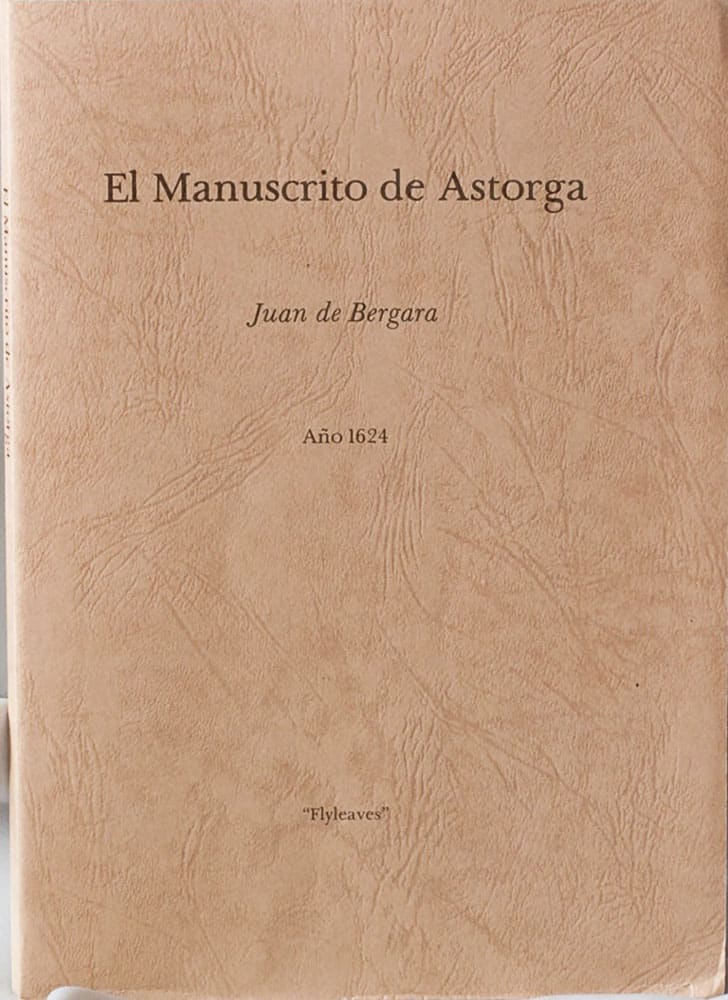
The Principality of Asturias is a region of northwest Spain and known for its rugged coast, mountains, religious sites and medieval architecture. Astorga is a town in the Asturias known since Roman times for its rivers.
This book was created and edited by Preben Torp Jacobsen of “Flyleaves”. Written in Spanish, the book translates the manuscript into French and English for the first time. And that happened in1984. So where was it all that time?
After a long search the Astorga document was found lying unnoticed in a private library belonging to the heirs of a distinguished citizen of Leon, D. Julio del Campo.
In 1959, the manuscript was handed over to the regional Government of the province of Leon, which in 1964 presented it to the Head of State, general Franco, who indeed was a keen angler. What happened to the document after that is not known, but it is believed to have perished with the burning of a great part of the library left by the late Head of State.
Jacobson enlisted the assistance of many Spanish experts to translate the document. We are the recipient of their hard work.
The original manuscript was only 14 pages and provides directions to tie 24 flies. Here is an example:
There are three kinds of Longaretas. The first one, if the month of January, has a blue dun negrisco (cock hackle); then a light pardo of the rabbit’s fur shade, then another negrisco (hackle) like the first one. Body of dark fawn faded silk. White ribbing thread. They can be fished with till April.
The flies in the manuscript are considered the first list of artificial flies.
Do the math…it was written 396 years ago!
Enjoy…go fish, stay safe!
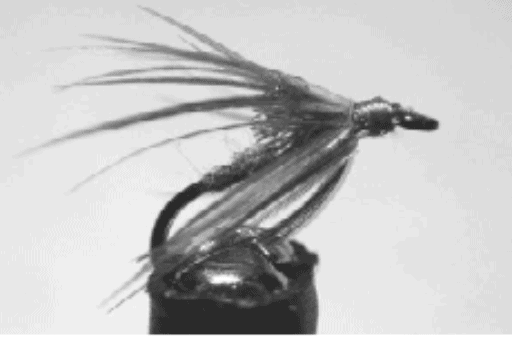

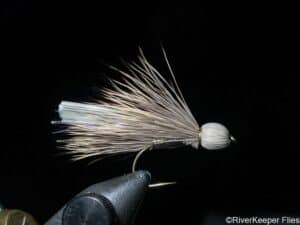
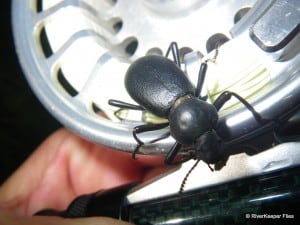


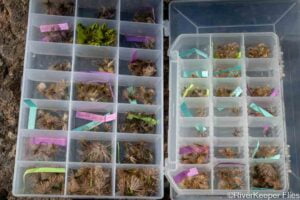
Here is an interesting video of a well-known asturian flytier. He is tying without tools, probably not very different as to how it was done at the time of the Manuscript. The fellow is in his 80´s, worth watching the skill and methods. He is using gutterman silk for the body, polyester threat for the ribbing and Pardo corzuno. https://www.youtube.com/watch?v=WZKUXMtx4hE
P.s. Enjoy the Spanish with an asturian accent from Cangas del Narcea.
Thanks for leaving this Comment Pablo. When I get a chance, I’ll be sure to check it out.
John
Apologies for the double posting, it seemed that the first post was eliminated by your anti-SPAM.
Dear John:
Those reconstructions of the Manuscript flies, although nicely tied do not to justice to the complexity and sophistication of the patterns. The manuscript since it was unveiled by Louis Carrere in the 1930´s has been a puzzling riddle to spanish fly tyers. Leon has its own tradition of fly tying, a quick internet search for “ahogadas leonesas” will show videos and patterns. But even those familiar with these techniques have had difficulties following the steps in the Manuscript. Recently Jose Luis Garcia has done a superb job in his book “Pluma, seda y acero” at reconstructing these patterns and the tying methods, some of which have been abandoned. For example the Longaretas Reales are very different from Jacobsen´s reconstructions. These are plecoptera and they are tied with three feather wings all in the same plane, which they really mimic the true wing disposition of the stoneflies.
Finally, let me add that when the Manuscript was written, Astorga was on its full splendor. The level of crafmansift in the town has really high, with a top silversmith artisan industry and artist from as far as Lombardy (Italy) coming to decorate its cathedral. So it is not that surprising that those providing a comodity like trout to the city will be highly regarded. Not to mention that there is a long tradition of very good trout fishermen among the priests in Leon.
Dear John:
Nices flies, but the flies of the Manuscript have been some how a riddle. The interpretation in Jacobsen´s book, which is also reproduced in Dave Hughes´s “wet flies”, is misleading. In Leon the wet flies are tied using a particular method. This “leonese”, also called “espagnole” style by the French, is quite different from the English style (see video here https://www.youtube.com/watch?v=yRY4GRddkkw ). This “leonese” style is in place by 1824 as recorded by the manuscript of Luis Peña. But the Astorga Manuscript uses a wider variety of feathers and the details of the construction appear more complex. Recently Jose Luis Garcia has done an excellent job in interpreting the Manuscript in his book “Pluma, Seda y Acero”. I am liking an English article with his work. https://www.54deanstreet.it/blog/blog-1/post/the-astorga-manuscript-a-d-1624-10.
The book is in Spanish, but it is very well illustrated. If you can, get it. It provides a very interesting glimpse on fly-tying methods that have been partially lost. One wonders about the sophistication of some of the flies recipes and the level of craftsmanship that they require. But lets keep in mind that this is the time when Velazquez painted his masterpieces. Astorga at this time was in this full splendor, with a strong silversmith artisan industry and numerous artist decorating and finalizing its cathedral.
Astorga is a municipality or city that is located in the province of León, Community of Castilla y León, in Spain, not in the Principality of Asturias